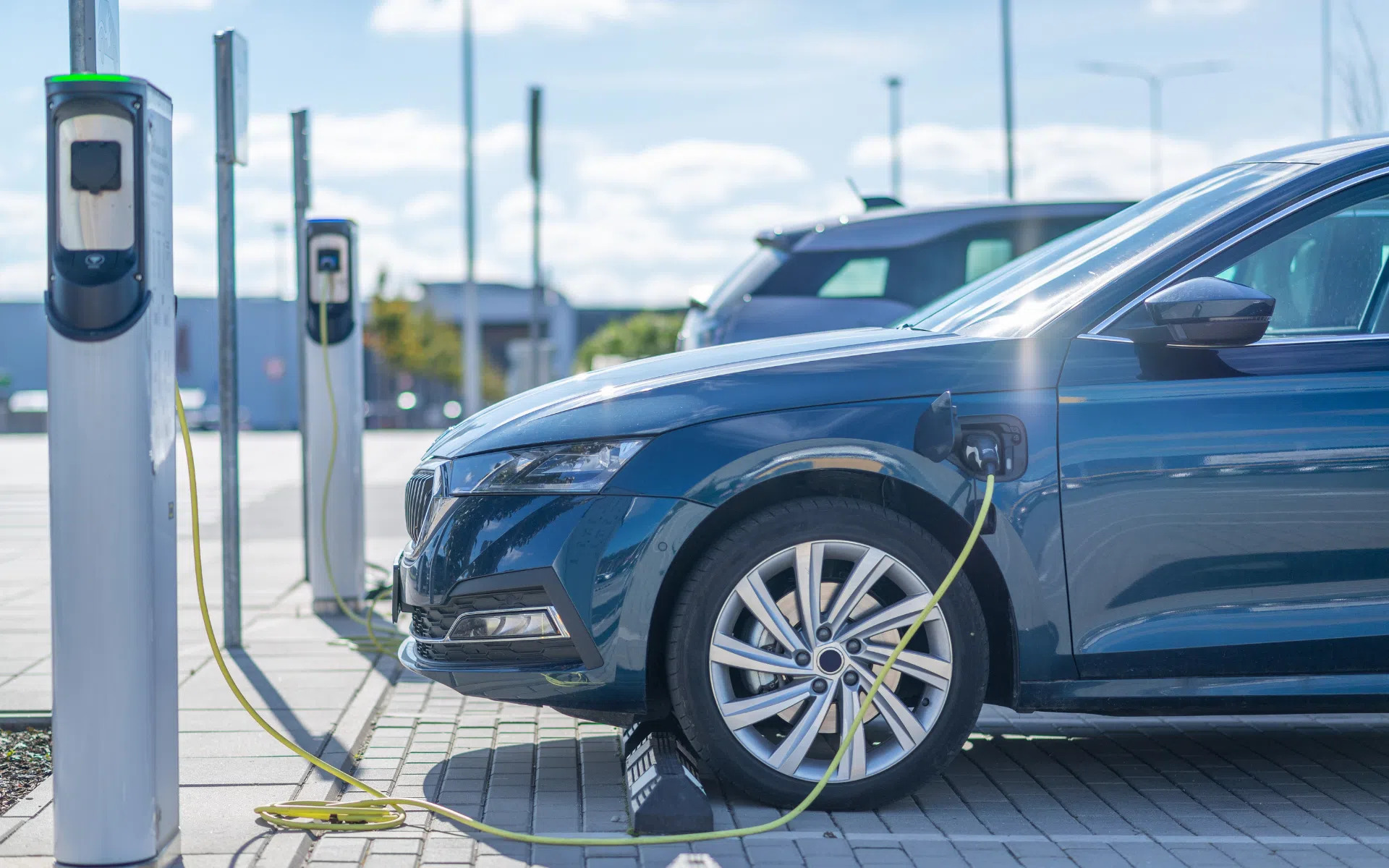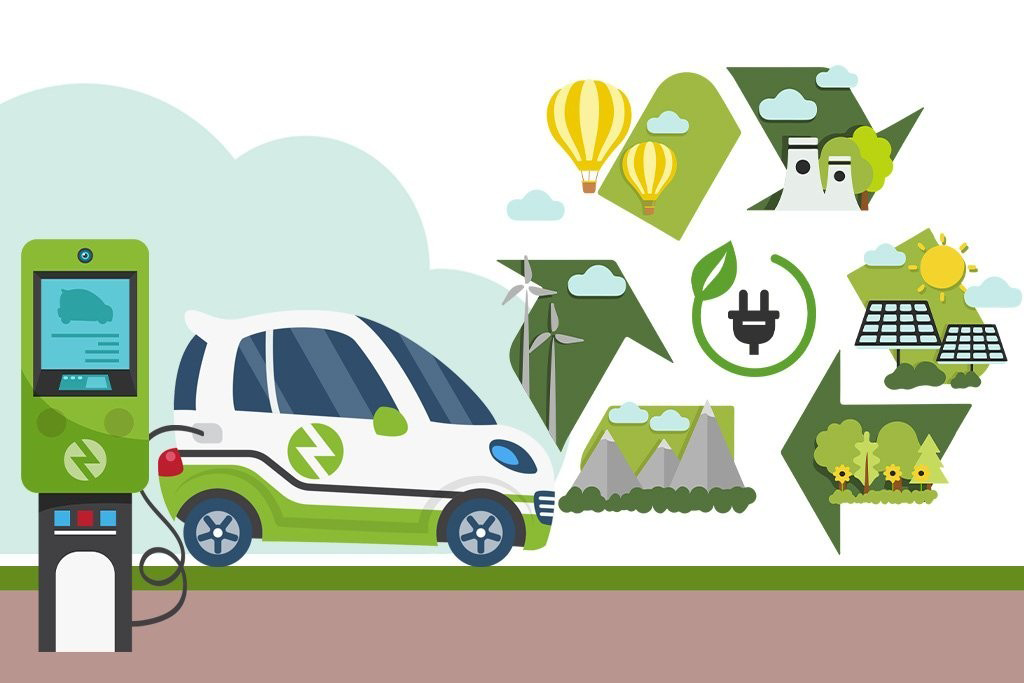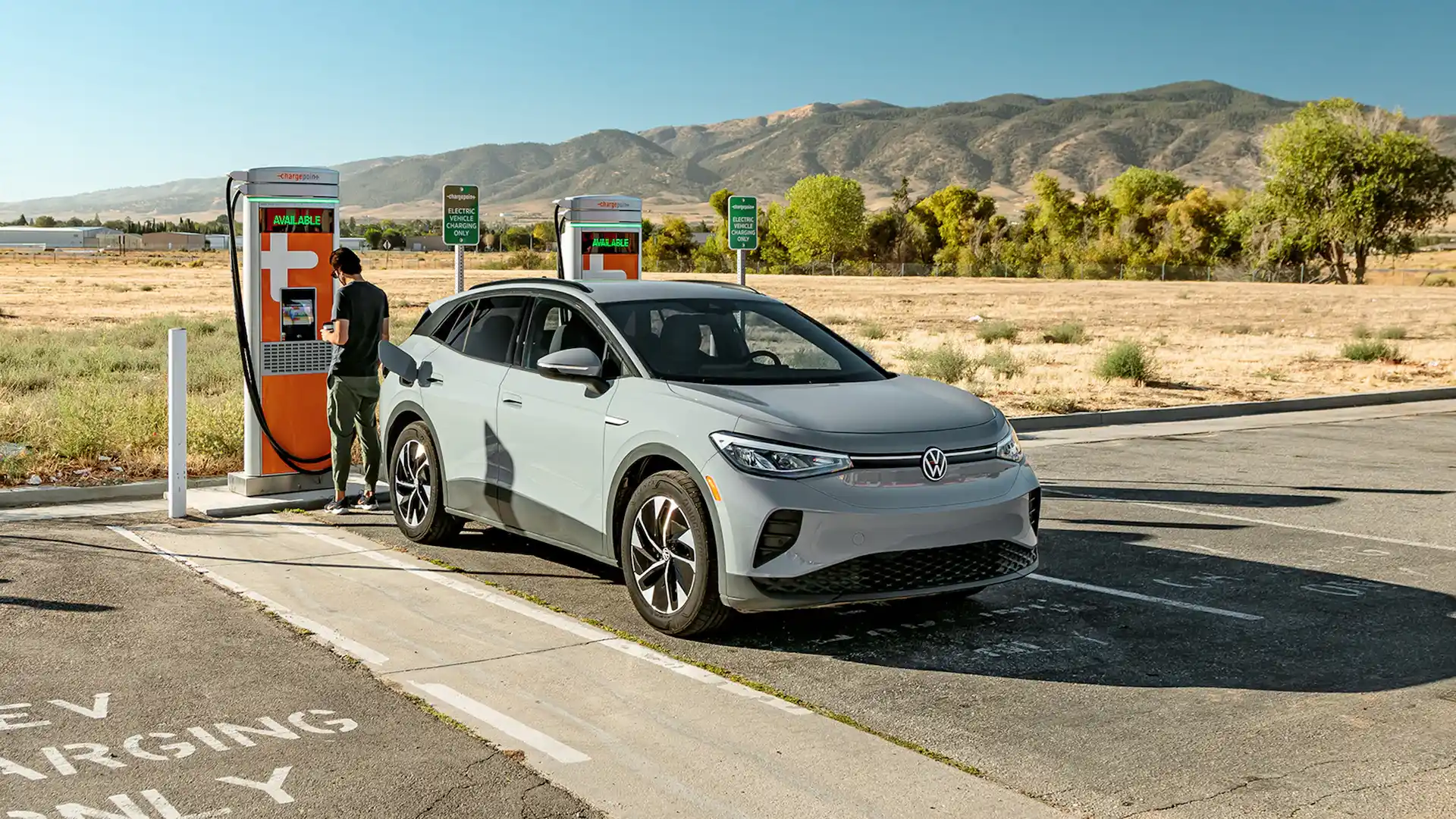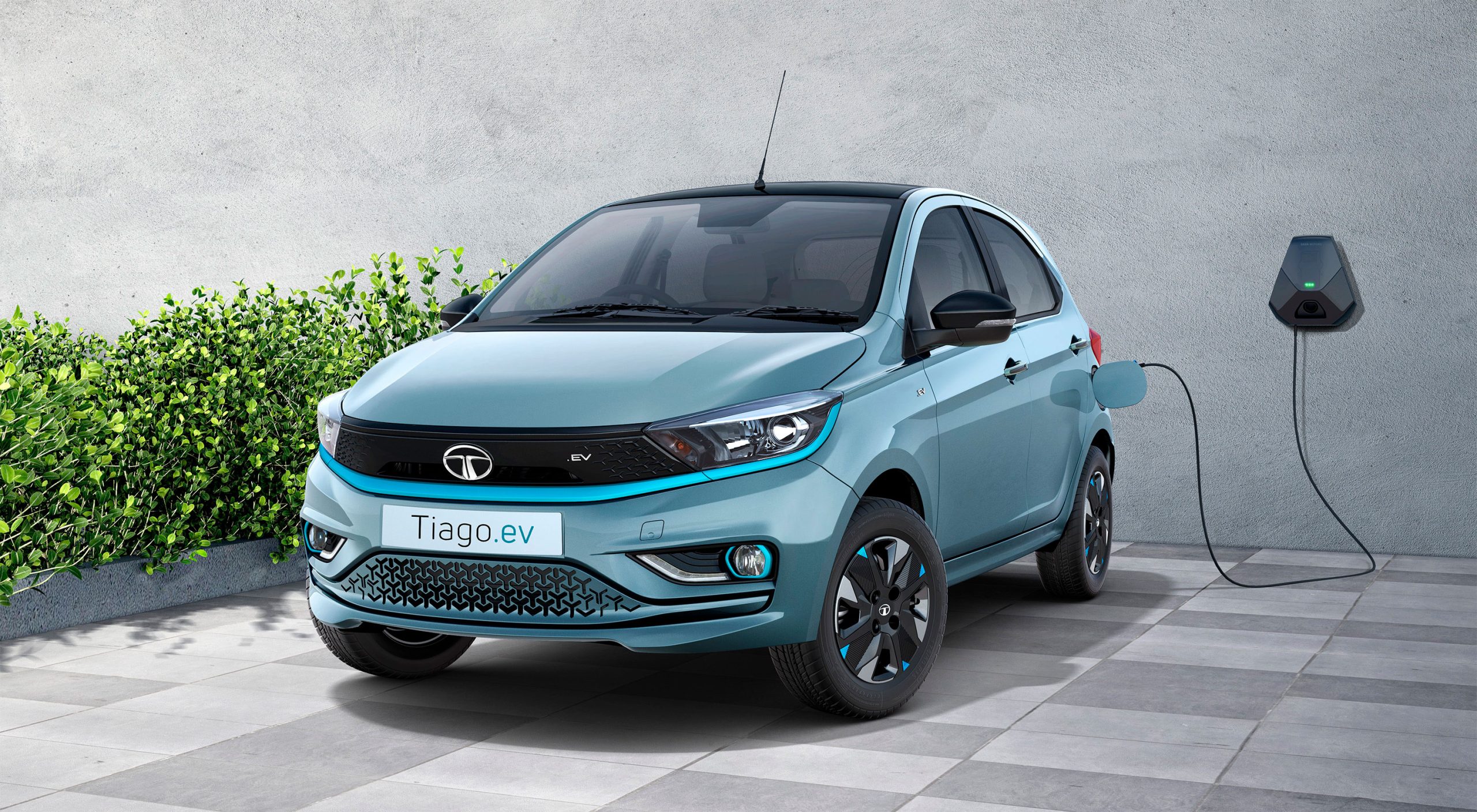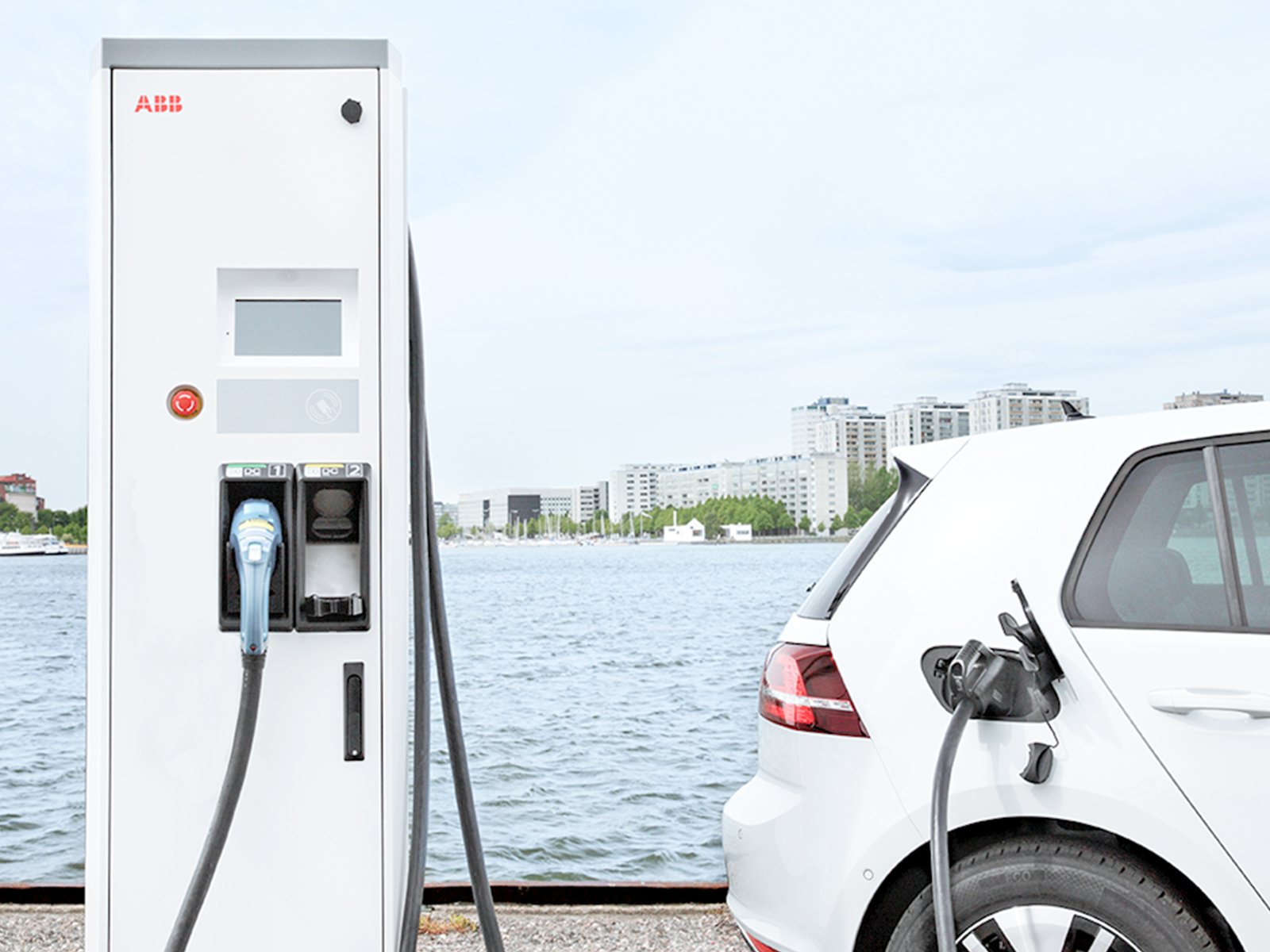Kerala's new regulations will raise nighttime EV charging costs by 30%
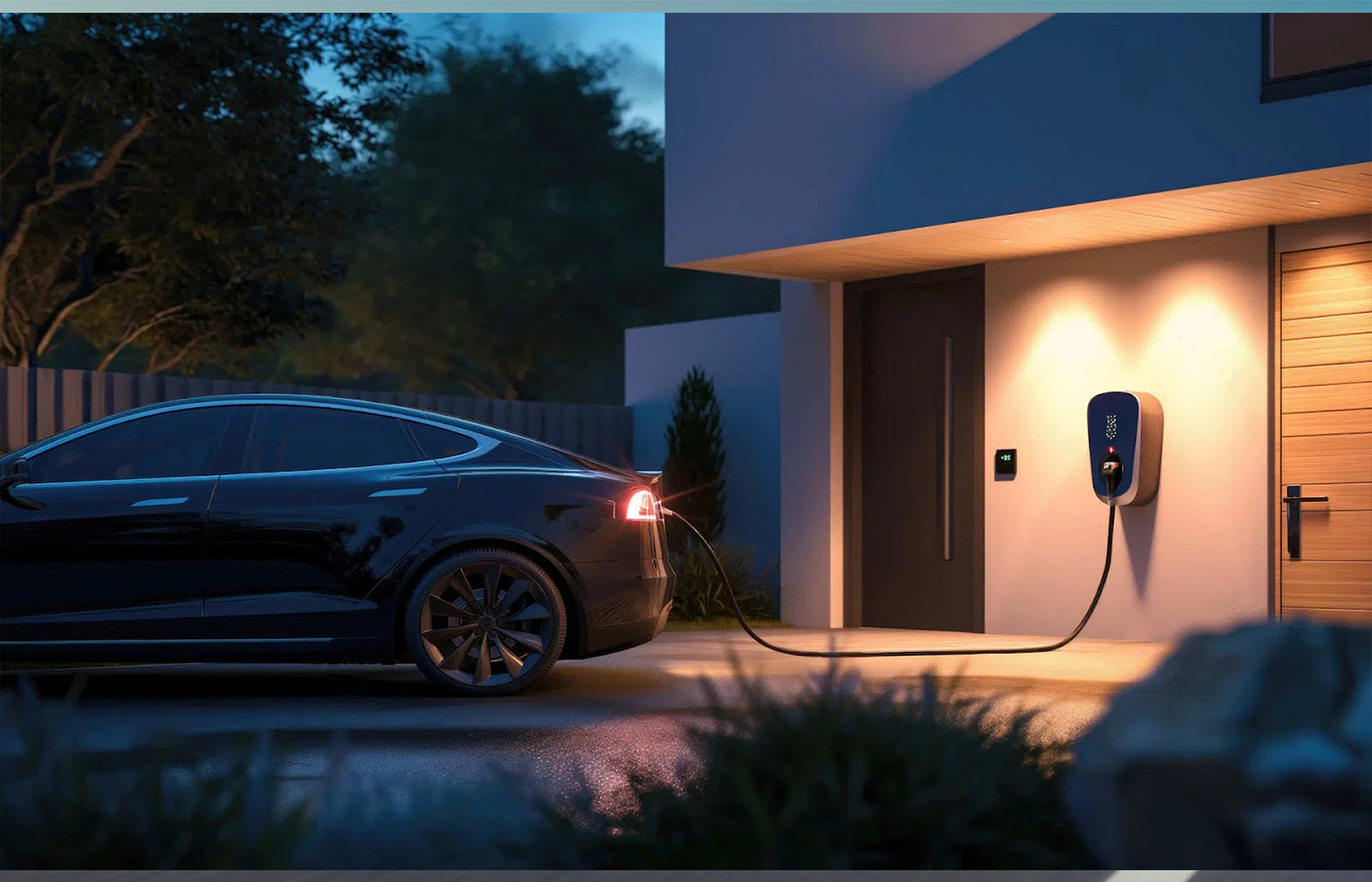
Kerala has drafted new regulations and increased the charging costs for electric vehicles especially at nights. Revised regulations have been introduced by the Kerala State Electricity Regulatory Commission, which has also adjusted the Time of Day (ToD) rates for electric vehicles, making night charging 30% more expensive.
EV Charging After Dark: The Difference Between Solar and Non-Solar Periods
Charging patterns have been classified by the State Electric Regulation into two time zones: the Solar Period and the Non-Solar Period.
Solar Period: The first time zone termed as Solar Period has a duration between 9 AM and 4 PM. The EV consumers charging their cars during this duration will be charged according to standard charging rates.
Non Solar Period: Defined as the second time zone, with a duration between 4 PM and 9 AM. Users who charge their vehicles in this session will incur a 30% increase over the standard tariff rates. It's crucial to understand that these rates apply solely to charging stations and do not affect home charging.
The regulatory commission revised the fees structure after the new guideline structure released by the central government. Kerala currently features three separate billing zones for ToD, which are divided into the hours of 6 AM to 6 PM, 6 PM to 10 PM, and 10 PM to 6 AM. This current time structure will be changed to two zones.
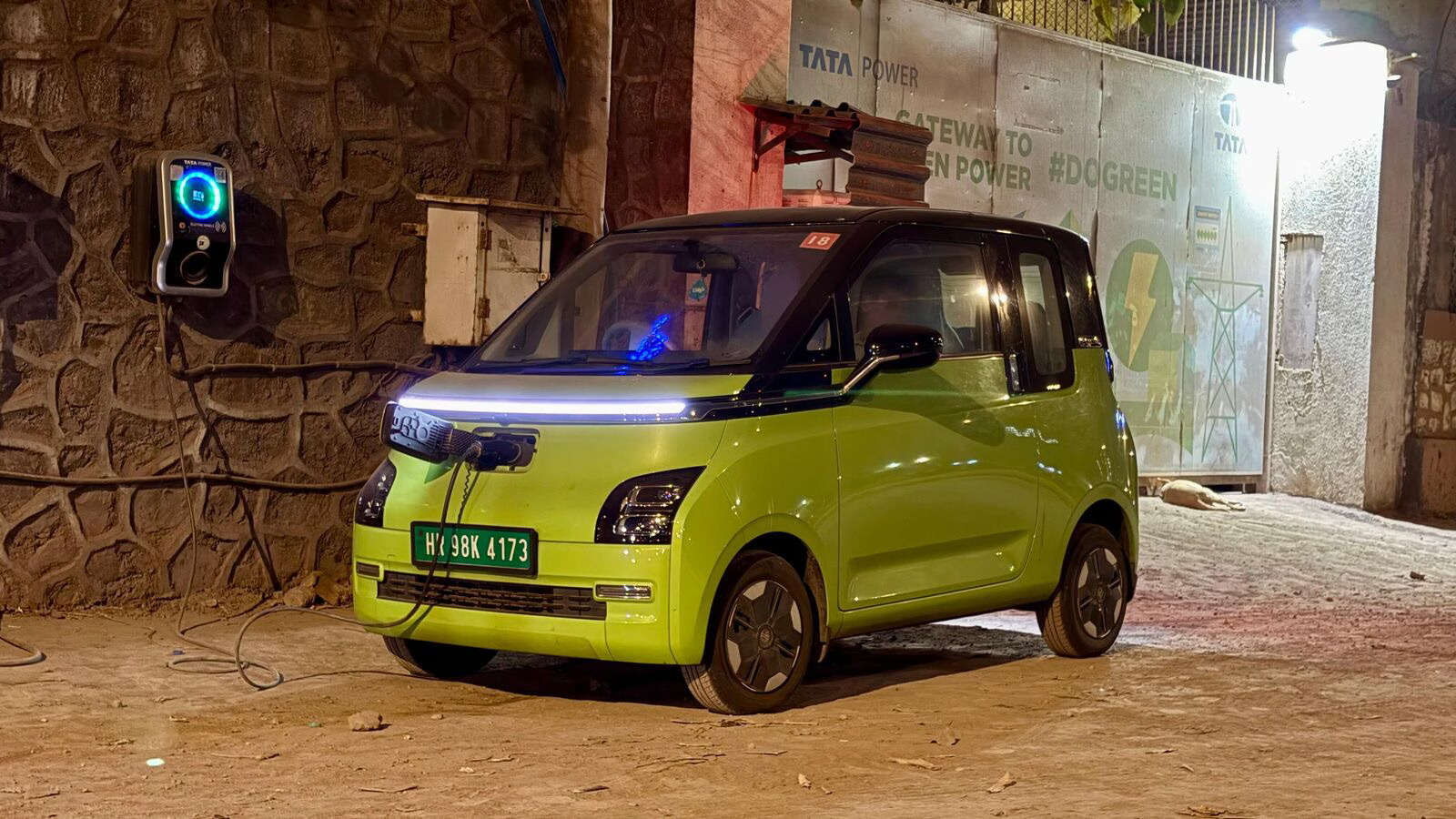
Skipping Nighttime Charging
This strategic move is implemented to prevent charging during night times and use the ideal Solar Period to charge the cars. This ensures a less dependence on the overall grid, thus allowing the grid to supply optimum electricity at night.
During the solar period, the charging stations are capable of generating maximum power, especially from 9 AM to 4 PM. The less use of electricity during the solar period leads to wastage of electricity, as during the night time only 53% of the power is produced and sent to the grid during the night time.
Thus, the Government has done strategic enhancements in order to promote day charging, however, if we look at the usual pattern of most EV users, They use their electric vehicles throughout the day and plug them in for charging at night, which adds pressure to the power grid.
Nevertheless, the increase in costs will encourage the users to charge their EVs in solar periods, which will lead to less EV running costs. Now it will be interesting to see whether this strategy works out for Kerala and not. The further implementation in other states will depend on how well this strategy is crafted in Kerala.
